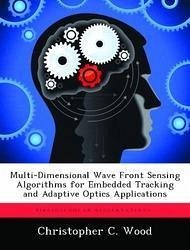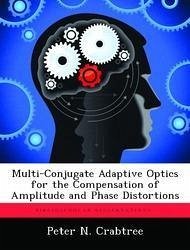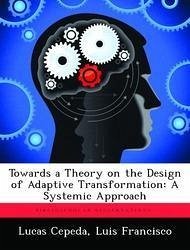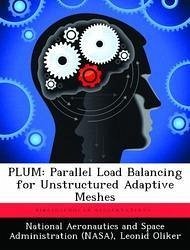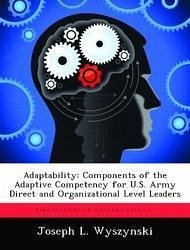Nicht lieferbar
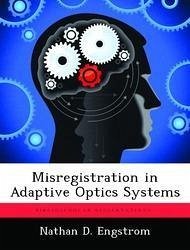
Misregistration in Adaptive Optics Systems
Versandkostenfrei!
Nicht lieferbar
An adaptive optics (AO) system is most effective when there is a known alignment between the wave front sensor (WFS)and the deformable mirror (DM). Misregistration is the term for the unknown alignment between the WFS and DM. Misregistration degrades system performance and can make the system unstable. An AO system uses a reconstruction matrix to transform WFS measurements into DM commands. A standard AO system uses a model reconstruction matrix that assumes perfect registration between the WFS and DM. The object of this research is to mitigate the negative effects of misregistration by using ...
An adaptive optics (AO) system is most effective when there is a known alignment between the wave front sensor (WFS)and the deformable mirror (DM). Misregistration is the term for the unknown alignment between the WFS and DM. Misregistration degrades system performance and can make the system unstable. An AO system uses a reconstruction matrix to transform WFS measurements into DM commands. A standard AO system uses a model reconstruction matrix that assumes perfect registration between the WFS and DM. The object of this research is to mitigate the negative effects of misregistration by using offline WFS measurements to create the reconstruction matrix. To build the reconstruction matrix, each actuator on the DM is poked to a fixed amount, and then the resulting measurement on the WFS is recorded. Analytic studies of the model and measured matrices show that the measured matrix yields a more stable AO system. Additional simulations indicate that applying the measured matrix improves the overall system performance compared to that of the model reconstruction matrix. This work has been selected by scholars as being culturally important, and is part of the knowledge base of civilization as we know it. This work was reproduced from the original artifact, and remains as true to the original work as possible. Therefore, you will see the original copyright references, library stamps (as most of these works have been housed in our most important libraries around the world), and other notations in the work. This work is in the public domain in the United States of America, and possibly other nations. Within the United States, you may freely copy and distribute this work, as no entity (individual or corporate) has a copyright on the body of the work. As a reproduction of a historical artifact, this work may contain missing or blurred pages, poor pictures, errant marks, etc. Scholars believe, and we concur, that this work is important enough to be preserved, reproduced, and made generally available to the public. We appreciate your support of the preservation process, and thank you for being an important part of keeping this knowledge alive and relevant.







